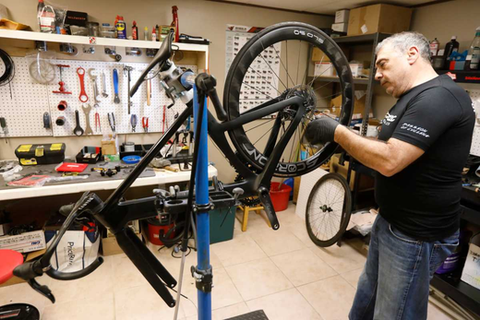In discussing the future development of the electric bicycle industry, industry expert Cristóbal Pérez points out that the current distribution structure in the bicycle industry is facing challenges and urgently needs reform.
Recent years have seen rapid growth in the electric bicycle industry, but this growth has also brought new challenges. As the electric bicycle market develops, brands are increasingly being challenged by competition. The transparency of information on the internet has given users more choices, and factors such as distance, delivery time, price, and user demands have become key factors for companies seeking development. At the same time, traditional distribution structures are also facing challenges, especially as the D2C (direct-to-consumer) model becomes mainstream. For distributors, it has become more important to enhance value-added services, retail options, selection criteria, and other aspects.
According to data from George Data Services in September, approximately 45% of the approximately 7,000 bicycle shops in the United States do not sell any of the four major brands in the industry, such as Trek, Specialized, Giant, or Pon. In the current market environment, there is significant inventory pressure existing between brands and distributors. Brands often require distributors to continuously take on large amounts of inventory, which small shops cannot afford.

Consumers can directly purchase bicycles online, reducing the profitability of physical stores. In situations where complete bicycle sales are not ideal, many shops are shifting towards rental, assembly, and used bike services to improve their profitability. They are also rejecting exclusive brand sales and choosing to become service providers. Even if the vehicle prices, discounts, strategies, and resources are the same, they can have additional revenue sources.
In the new market environment, brands face intensified competition and must continually improve their products, enhance quality, and maintain competitive pricing. Brands also need to prioritize customer feedback to meet evolving demands.

The brand ecosystem revolves around the industry chain, with brands being responsible for researching and developing new technologies, designing new styles, and driving the overall market development. However, this process is not always smooth. They also need to understand the demands of the global market to formulate strategies that cater to different regions and cultures. If they solely focus on self-operated branding, it becomes difficult to extend their services to every end customer, resulting in a decline in user experience.
For electric bicycles, offline experiences play a significant role in guiding product purchases. Furthermore, high-quality after-sales service is a primary requirement for users. In addition, customers now have access to product information online and conduct thorough online research before making a purchase.
We need to find a viable new solution, as new customers are looking for new, different types of 'stores' similar to those they are accustomed to, such as automotive, fashion, and various services."

In the new market dynamics, both brands and distributors should reevaluate their strategies and roles and engage in discussions for mutually beneficial collaborations. Brands can leverage the market insights of distributors to develop more targeted product and marketing strategies. Distributors, in turn, can work with brands to provide information about customer feedback and market demands, enabling them to adapt to market changes.




コメント (0)
この記事に対するコメントはありません。真っ先にメッセージを残してください!